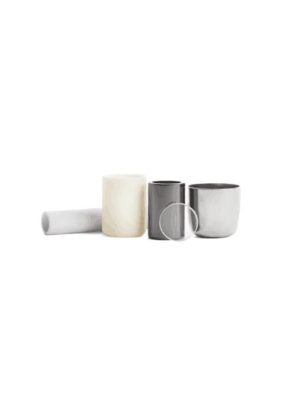Carbon

Carbon
Carbon, widely distributed in nature, is the active element in photosynthesis and thus is found in all plant and animal life. It is a significant component of the sun, stars, comets, and most planets. Free carbon in nature occurs in three allotropic forms: amorphous, graphite, and diamond, with graphite being one of the softest known solids, and diamond being one of the hardest. Properties of final carbon products can be controlled by the manufacturing process and the type of carbon selected as raw material. There are millions of known carbon compounds, many of which are vital to organic life processes.
Carbon has a wide range of industrial applications. Fossil fuel gas such as natural gas and petroleum (crude oil) are important economic products of carbon. Carbon fiber is a strong material consisting of thin fibres of large carbon atoms. Carbon is used to form alloys with iron to form steel. Carbon black is used as the black pigment in printing ink; it is also used in rubber products. Activated charcoal is used as an excellent absorbent for small molecules, including toxins, and poisons from the digestive system. Carbon dating is widely used in archaeology to determine the age of an object (carbonaceous materials). Nanographite powder and carbon nanotubes find diverse applications in several fields, e.g., the manufacture of reinforced plastics and heat-resistant composites.

| Diamond | Elemental Carbon products | Fullerenes |
| Glassy Carbon | Graphite |
